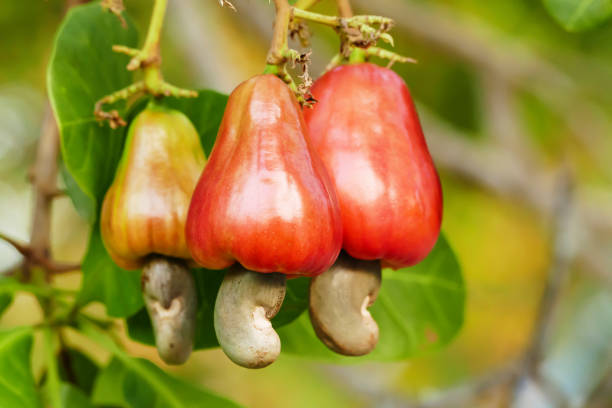One of the sad things about our city life is that many of us don’t know where our food comes from. I am not talking about organic or farm-grown food. That can be a series of posts by itself. What I mean is, quite literally we do not know where some of our foods grow. We don’t know if they grow underground, in creepers, shrubs or tall trees. Sometimes we don’t even know if it’s made of plant or animal extracts if it’s natural or synthetic.
Here are six such food products that I learned the origin of much later.
Sago or Sabudana
Many years ago, I was first introduced to these pearl-like grains when I had Saboodhana Kheer at my neighbour’s place in Maharashtra. In many Indian states, Sabudana vada and Sabudana Khichdi are considered delicious and healthy alternatives while fasting. I somehow had never given much thought to how this is grown. Much later, I realised that many people assumed it to be naturally grown like rice, wheat and other grains. With a husk and all.
How is it grown?
The starch from Tapioca roots is extracted and then processed into pearl-like structures to make Sago or Sabudana.
Kesar or Saffron
Kesar has always been a luxury item in India and probably the rest of the world. A little box of 10-50g would be purchased from a trustworthy retailer and stored safely, making sure not a single thread is lost. It would then be carefully used in delicacies like Rasmalyi and Payasam only meant for special occasions. A glass of milk with a single thread of Saffron was believed to enhance the skin’s radiance (read brown people’s obsession with white skin). Apart from this Kesar is also known for its numerous health benefits.
How is it grown?
Saffron is a spice derived from the flower of Crocus sativus, commonly known as the “saffron crocus”. The plant reproduces asexually via vegetative propagation and hence Saffron cannot be produced without human intervention. The seeds produced by its flowers are sterile, making natural pollination impossible.
Cashewnut
Having lived in a coastal town on and off for many years, I learnt about the cashew origin much earlier than many of my friends. Most people assume that cashews are nuts that grow at the core of a fruit, not unlike most fruits. Cashewnuts however grow outside the cashew fruit, at its crown.
Anjeer
The disk-like dry fruit that is known for its numerous health benefits is dried figs. They belong to the mulberry family.
Chocolate
Arguably the most loved food in the world, chocolate is made of cocoa beans. The cocoa fruits look like the ones in the image above. Here’s a post on how chocolate is made.
Cloves and Cinnamon
Cloves and Cinnamon are very essential ingredients of the Indian Kitchen. While one can make a reasonable guess that Cinnamon comes from the bark of a tree, many don’t know that cloves are unbloomed flower buds that are harvested before they bloom. The bloomed pink flowers are not valued as a spice.
That is all I had for today’s post.
Do you know of any food items whose origin is unusual or less-known? Tell me in the comments below.
Love,
Ashwini
You can connect with me on:
- Instagram: ashwinishenoym
- Facebook: AuthorAshwiniShenoy
You can buy my books here:















